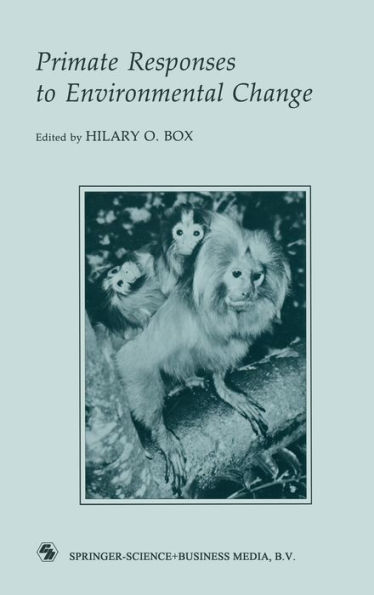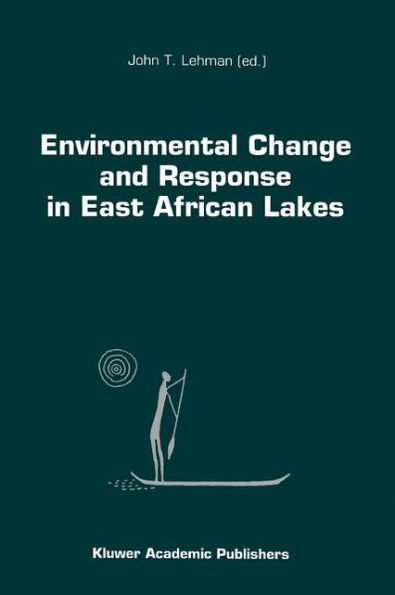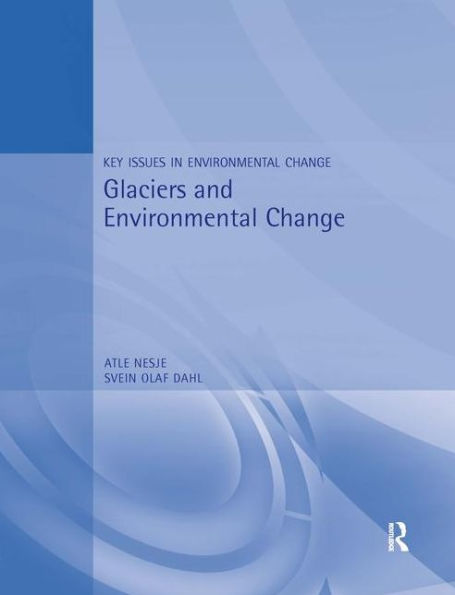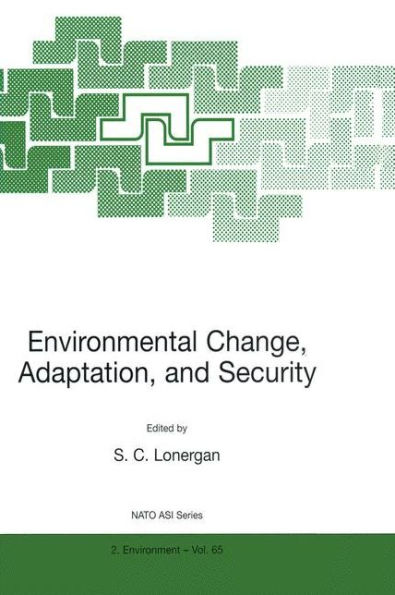Home
Primate Responses to Environmental Change
Barnes and Noble
Loading Inventory...
Primate Responses to Environmental Change in Franklin, TN
Current price: $237.00

Barnes and Noble
Primate Responses to Environmental Change in Franklin, TN
Current price: $237.00
Loading Inventory...
Size: OS
One General Perspectives.- 1 Species differences in tolerance to environmental change.- 1.1 Introduction.- 1.2 Special senses.- 1.3 Locomotion and posture.- 1.4 Feeding: gape, teeth and jaws.- 1.5 Feeding: gastrointestinal tracts.- 1.6 Primates: diets and change.- 1.7 Concluding remarks.- 2 Adaptations to environmental change: an evolutionary perspective.- 2.1 Introduction.- 2.2 Sources of variation.- 2.3 Social flux in chimpanzees.- 2.4 Innovation, tradition and 'culture'.- 2.5 Life history variables.- 2.6 Invasions and radiations.- 2.7 Behavioural flexibility and evolutionary failure.- 2.8 Concluding remarks.- 3 Responsiveness to environmental change: interrelationships among parameters.- 3.1 Introduction.- 3.2 Cognitive capacities.- 3.3 Temperament and response styles.- 3.4 Physiological indices - additional considerations.- 3.5 Social context.- 3.6 Individual differences.- 3.7 Concluding remarks.- 4 The social control of fertility.- 4.1 Introduction.- 4.2 Physiological studies of female reproductive suppression.- 4.3 Is there a common physiological cause of reproductive suppression?.- 4.4 Field studies of female reproductive suppression.- 4.5 Ovarian/menstrual synchrony and implications for humans.- 4.6 Concluding remarks.- 5 Individual variation in responsiveness to environmental change.- 5.1 Introduction.- 5.2 Interspecific and intraspecific variation in behaviour: theoretical expectations.- 5.3 Responsiveness to change as an axis of individual variation.- 5.4 Functional hypotheses for individual variation in response to change.- 5.5 Effects of captivity on variation in responses to change.- 5.6 Concluding remarks.- Two Environmental Change in Nature.- 6 Forest disturbance and Amazonian primates.- 6.1 Introduction.- 6.2 The study area.- 6.3 Study methods.- 6.4 The primate community.- 6.5 Use of different habitats.- 6.6 Food availability and selection.- 6.7 Discussion.- 6.8 Concluding remarks.- 7 Provisioning of Barbary macaques on the Rock of Gibraltar.- 7.1 Introduction.- 7.2 Provisioning.- 7.3 Gibraltar Barbary macaques: 72 years of provisioning.- 7.4 Provisioning levels.- 7.5 The influence of provisioning.- 7.6 Provisioning, supplemental food and demography.- 7.7 Wild and Gibraltar macaques compared.- 7.8 Concluding remarks.- 8 Nonhuman primates as pests.- 8.1 Introduction.- 8.2 A study of primate pest problems.- 8.3 Discussion.- 8.4 Concluding remarks.- 9 Rehabilitation of captive chimpanzees.- 9.1 Introduction.- 9.2 Previous rehabilitation projects.- 9.3 A rehabilitation project in Liberia.- 9.4 Natural adaptive behaviour of the rehabilitated chimpanzees.- 9.5 Other changes in behaviour in the new environment.- 9.6 Initial losses from the rehabilitated group.- 9.7 A comparison of 'failures' and 'successes'.- 9.8 Concluding remarks.- 10 Responses of wild chimpanzees and gorillas to the arrival of primatologists: behaviour observed during habituation.- 10.1 Introduction.- 10.2 Study methods.- 10.3 Results.- 10.4 Discussion.- 10.5 Concluding remarks.- 11 Primate conservation and wildlife management.- 11.1 Introduction.- 11.2 Threats to primate diversity.- 11.3 Action needed to help endangered species.- 11.4 Primate studies and conservation.- 11.5 Advantages of peaceful coexistence with wild primates.- 11.6 Concluding remarks.- Three: Environmental Change in Captivity.- 12 Stimulation of natural patterns of behaviour: studies with golden lion tamarins and gorillas.- 12.1 Introduction.- 12.2 Management and husbandry of golden lion tamarins at the Jersey Zoo.- 12.3 Management and husbandry of lowland gorillas.- 12.4 Concluding remarks.- 13 Environmental challenges in groups of capuchins.- 13.1 Introduction.- 13.2 Behaviour in nature and behaviour towards objects in captivity.- 13.3 Presenting objects in a captive environment.- 13.4 Studies in our own laboratory.- 13.5 Baseline data.- 13.6 The introduction of a sequential puzzle.- 13.7 Presentation of a tool-using task.- 13.8 Concluding remarks.- 14 Environmental enrich...
One General Perspectives.- 1 Species differences in tolerance to environmental change.- 1.1 Introduction.- 1.2 Special senses.- 1.3 Locomotion and posture.- 1.4 Feeding: gape, teeth and jaws.- 1.5 Feeding: gastrointestinal tracts.- 1.6 Primates: diets and change.- 1.7 Concluding remarks.- 2 Adaptations to environmental change: an evolutionary perspective.- 2.1 Introduction.- 2.2 Sources of variation.- 2.3 Social flux in chimpanzees.- 2.4 Innovation, tradition and 'culture'.- 2.5 Life history variables.- 2.6 Invasions and radiations.- 2.7 Behavioural flexibility and evolutionary failure.- 2.8 Concluding remarks.- 3 Responsiveness to environmental change: interrelationships among parameters.- 3.1 Introduction.- 3.2 Cognitive capacities.- 3.3 Temperament and response styles.- 3.4 Physiological indices - additional considerations.- 3.5 Social context.- 3.6 Individual differences.- 3.7 Concluding remarks.- 4 The social control of fertility.- 4.1 Introduction.- 4.2 Physiological studies of female reproductive suppression.- 4.3 Is there a common physiological cause of reproductive suppression?.- 4.4 Field studies of female reproductive suppression.- 4.5 Ovarian/menstrual synchrony and implications for humans.- 4.6 Concluding remarks.- 5 Individual variation in responsiveness to environmental change.- 5.1 Introduction.- 5.2 Interspecific and intraspecific variation in behaviour: theoretical expectations.- 5.3 Responsiveness to change as an axis of individual variation.- 5.4 Functional hypotheses for individual variation in response to change.- 5.5 Effects of captivity on variation in responses to change.- 5.6 Concluding remarks.- Two Environmental Change in Nature.- 6 Forest disturbance and Amazonian primates.- 6.1 Introduction.- 6.2 The study area.- 6.3 Study methods.- 6.4 The primate community.- 6.5 Use of different habitats.- 6.6 Food availability and selection.- 6.7 Discussion.- 6.8 Concluding remarks.- 7 Provisioning of Barbary macaques on the Rock of Gibraltar.- 7.1 Introduction.- 7.2 Provisioning.- 7.3 Gibraltar Barbary macaques: 72 years of provisioning.- 7.4 Provisioning levels.- 7.5 The influence of provisioning.- 7.6 Provisioning, supplemental food and demography.- 7.7 Wild and Gibraltar macaques compared.- 7.8 Concluding remarks.- 8 Nonhuman primates as pests.- 8.1 Introduction.- 8.2 A study of primate pest problems.- 8.3 Discussion.- 8.4 Concluding remarks.- 9 Rehabilitation of captive chimpanzees.- 9.1 Introduction.- 9.2 Previous rehabilitation projects.- 9.3 A rehabilitation project in Liberia.- 9.4 Natural adaptive behaviour of the rehabilitated chimpanzees.- 9.5 Other changes in behaviour in the new environment.- 9.6 Initial losses from the rehabilitated group.- 9.7 A comparison of 'failures' and 'successes'.- 9.8 Concluding remarks.- 10 Responses of wild chimpanzees and gorillas to the arrival of primatologists: behaviour observed during habituation.- 10.1 Introduction.- 10.2 Study methods.- 10.3 Results.- 10.4 Discussion.- 10.5 Concluding remarks.- 11 Primate conservation and wildlife management.- 11.1 Introduction.- 11.2 Threats to primate diversity.- 11.3 Action needed to help endangered species.- 11.4 Primate studies and conservation.- 11.5 Advantages of peaceful coexistence with wild primates.- 11.6 Concluding remarks.- Three: Environmental Change in Captivity.- 12 Stimulation of natural patterns of behaviour: studies with golden lion tamarins and gorillas.- 12.1 Introduction.- 12.2 Management and husbandry of golden lion tamarins at the Jersey Zoo.- 12.3 Management and husbandry of lowland gorillas.- 12.4 Concluding remarks.- 13 Environmental challenges in groups of capuchins.- 13.1 Introduction.- 13.2 Behaviour in nature and behaviour towards objects in captivity.- 13.3 Presenting objects in a captive environment.- 13.4 Studies in our own laboratory.- 13.5 Baseline data.- 13.6 The introduction of a sequential puzzle.- 13.7 Presentation of a tool-using task.- 13.8 Concluding remarks.- 14 Environmental enrich...

















